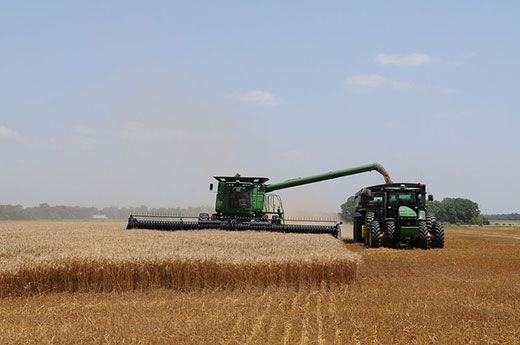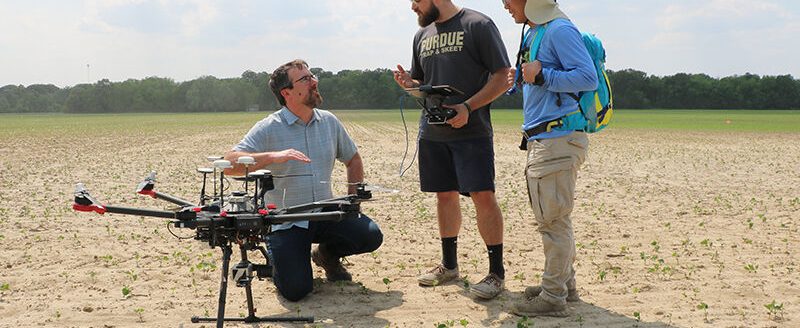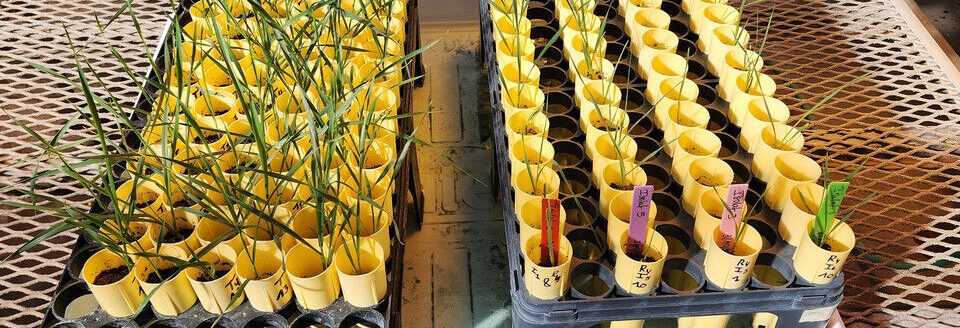When planning an upcoming outdoor event, people often turn to the weather forecast to see if their plans will hold or if they will have to come up with an alternate option.
For farmers, those decisions can impact their financial bottom line—too much rain can cause the roots of a plant to rot, and too little rain is also a problem because the crop can’t get the water and nutrients it needs to thrive.
So what is a farmer to do when the crop fails?
“With where we are at in the growing season today, there are still many options for farmers who have a wheat crop that has failed,” said Ignacio Ciampitti, professor of agronomy at Kansas State University.
The first step, he said, is to look at the limitations outlined in the farmer’s crop insurance policy before optioning to plant something else in the field. The second limiting factor might be related to the restrictions from herbicide carryover effects.
If the farmer opts to plant another crop, there are several options to consider depending on the soil and weather.
“We are still in the planting window for full maturity corn, but it will depend on what region (of Kansas) you live in,” Ciampitti said. “However, it is important to emphasize that the yield potential at this late planting time for corn is reduced relative to early season planting.”
To help increase the yield, Ciampitti recommends applying a nitrogen fertilizer based on the target yield and the soil’s nitrogen conditions before planting.
“In some of these dryland environments, the target yields will be around 150 bushels,” he said.
Another option is soybeans, which Ciampitti said is one of the most common cropping rotations with wheat.
“With soybeans, if you can plant in a fifteen-inch row spacing (called narrow rows), that will help the crop to close the canopy much faster for capturing sunlight,” Ciampitti said. He said the risk of planting soybeans late if shorter growth cycles are used is that they will finish with less nodes, which decreases the plant yields, and leads to less potential for developing pods.
For farmers growing in drier climate conditions, and with low soil moisture levels currently, Ciampitti recommends growing sorghum.
“Sorghum is a good option when the fields are already dry; it is important to make sure the fields are clean when planting so that volunteer wheat doesn’t grow,” he said.
Lastly, farmers may want to consider planting a cover crop to benefit the soil.
“If you are thinking about crop rotation and you want to go back to wheat (short period), cover crops can break the cycle of the mono-crop rotation (wheat after wheat),” Ciampitti said. He said that the downside of planting a cover crop is that the farmers won’t have the income compared to opting for a summer crop.
As those decisions are being made, Ciampitti said producers need to study their current soil moisture conditions and know what their water resources are in order to better understand their potential crop options for this growing season.




